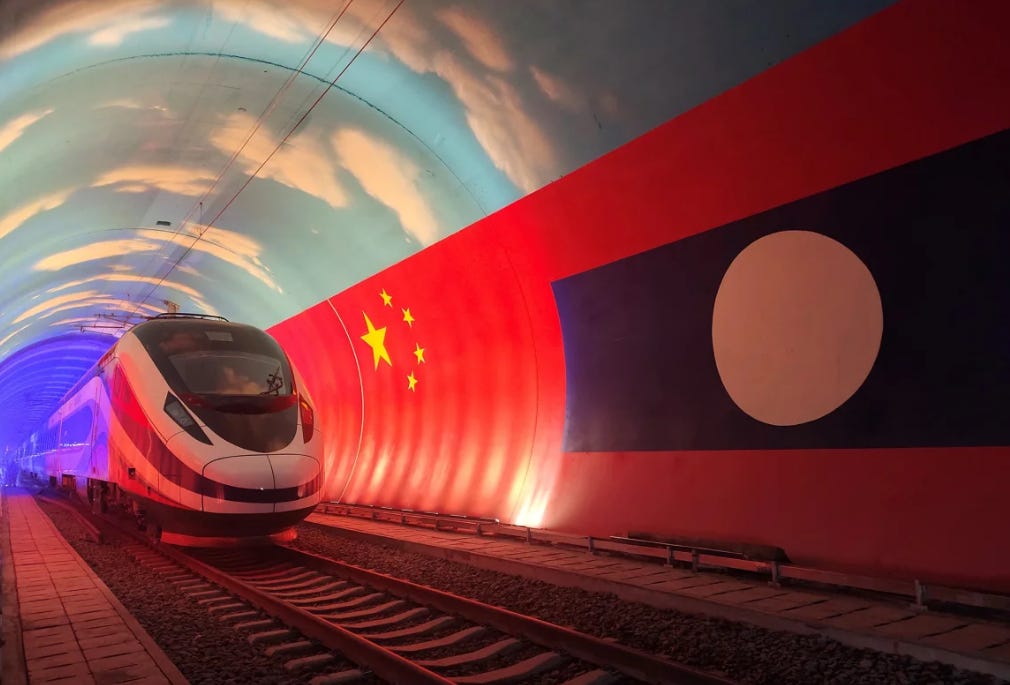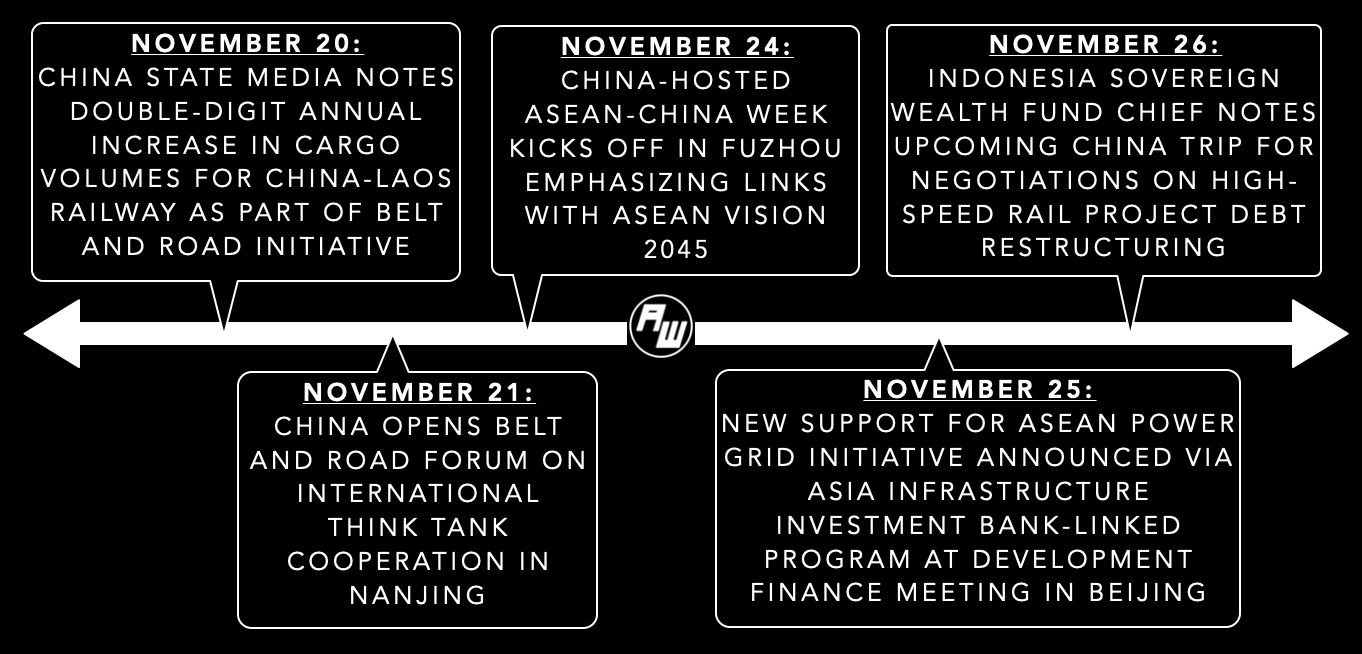Review: China Engineering Quest and US Competition Futures
A new book explores the future of China’s engineering drive and what it means for an environment of U.S.-China competition in the Indo-Pacific and globally.
A new book explores the future of China’s engineering drive and what it means for an environment of U.S.-China competition regionally and globally.
WonkCount: 1,458 words (~6 minutes)
Review: China Engineering Quest and US Competition Futures
Context
“By aligning ASEAN’s integration agenda with China’s modernization drive, we strengthen the foundation for long-term prosperity in our region,” the chief of the ASEAN-China Center noted last week during this year’s iteration of ASEAN-China Week — one of several new annual mechanisms Beijing has launched with Southeast Asian states which first made its debut back in 20231. China’s emphasis on aligning the construction of development visions has brought geoeconomic opportunities and challenges for the region, with examples from just the past week including debt restructuring for the China-backed high-speed rail project in Indonesia and Beijing’s publicizing of its support for the ASEAN Power Grid2.
Select Key Recent Geoeconomic Developments Between China and Southeast Asia
A new book Breakneck: China’s Quest to Engineer the Future by technology analyst Dan Wang explores the roots of China’s engineering drive and what it means for an environment of U.S.-China competition regionally and globally3. In doing so, it adds to a number of recent works that have focused more granularly on the sectoral components of U.S.-China competition in areas like artificial intelligence and military technology, some of which we have reviewed previously on ASEAN Wonk. Covering a range of areas including China’s mixed BRI inroads in the Global South and migration flows into parts of Southeast Asia, Breakneck sees asymmetric capabilities as playing a central role in the future direction of U.S.-China competition across various dimensions including technological prowess and governance. “[T]he two superpowers are uneasily circling each other, reorienting their economies and national security apparatuses to prepare for conflict,” the book warns before laying out some of the key contours of perceived strengths and weaknesses4.
Analysis
The book also highlights key datapoints asymmetric capabilities with relevance beyond Southeast Asia and the wider Indo-Pacific region (see originally-generated ASEAN Wonk table below for a summary of important contours. Paying subscribers can also read the rest of the “Analysis” section and “Implications” section looking at how these dynamics play out in the future).





